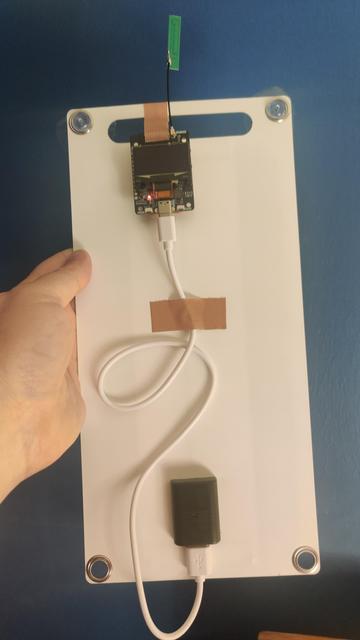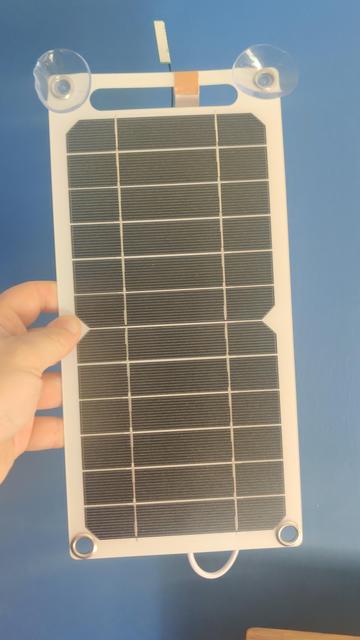Genuinely impressed with #meshtastic thus far. I've got a pair of ThinkNode M2s, and the antennas that come with them are literally bits of printed circuit board, and yet they've managed to get a surprising bit of range (maybe 300m) out of them with suboptimal placement and no special care.
I can see that with a real antenna and an elevated position they'd go quite well.
Whatever stroke of luck that was giving my #meshtastic node access to the rest of the mesh is gone. Until yesterday there was an otherwise silent node out there that was forwarding packets to and from mine.
I'm now anxiously awaiting my new antenna to arrive, because it feels wrong for my tiny radio child to be cut off from its friends.
Baby's first solar powered LoRa #meshtastic node.
Still waiting on a better antenna.
…and the battery that comes with the M2 board is *almost* enough to power it through the night. It would probably be fine in summer.
Luckily batteries are pretty inexpensive as well.
Aha, looks like I need Maximum Power Point Tracking (MPPT) doodad for charging off a solar cell, and I doubt my $10 panel already has one integrated.
If I understand correctly, an MPPT doodad lowers the current draw from the panel to maintain enough voltage to charge; otherwise the battery charger can try to draw too much, which drops the voltage, and one gets nowhere.
A random blog post recommends a CN3791, which are only a few dollars, so I shall continue investigating
@Unixbigot : But it will work better if I have a MPPT module?
My understanding is the lipo chargers will try to use constant current up to a point, but if the panel is small or underperforming (I expect mine is both), then trying to draw that much current will tank the voltage, leaving it insufficient to charge the cell.
If my panel was large and good, I wouldn't expect any issues; the cell's own protection circuit can handle it.
Am I understanding correctly?


